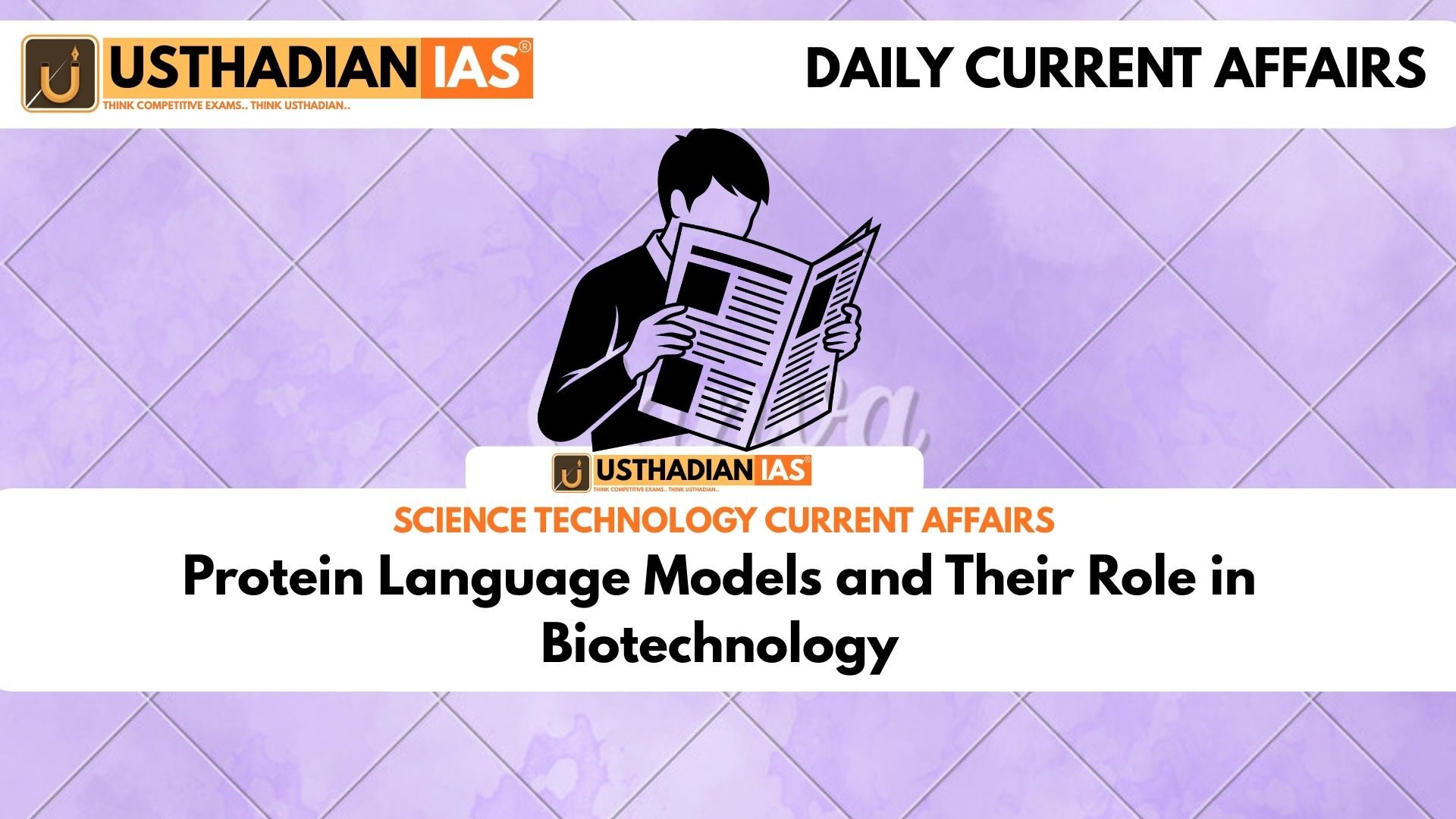Introduction
A new advancement by MIT researchers highlights the use of protein language models (PLMs) to decode how proteins function and fold. These models adapt techniques from natural language processing (NLP) and apply them to biological sequences. Their growing role in biotechnology could accelerate breakthroughs in medicine.
What are Protein Language Models
Protein language models are inspired by large language models (LLMs) that process human language. Instead of words, amino acids are treated as tokens, while protein chains are understood as sentences. By analyzing millions of protein sequences, PLMs learn the hidden patterns that guide protein structure.
Static GK fact: Proteins are made up of 20 standard amino acids, which combine in unique sequences to form functional molecules in living organisms.
How They Work
These models learn the grammar of proteins by studying massive datasets. Much like how LLMs predict the next word in a sentence, PLMs predict how amino acids will fold and interact. This ability allows scientists to predict protein structure without expensive lab experiments.
Static GK tip: The three-dimensional structure of proteins determines their specific role in biological systems, such as enzymes, hormones, and antibodies.
Applications in Medicine
One of the biggest contributions of PLMs is in drug and vaccine development. Traditional methods of identifying protein functions are slow and costly. PLMs speed up this process by predicting possible protein behaviors in silico. This reduces dependency on trial-and-error methods in laboratories.
Static GK fact: The first protein structure ever solved using X-ray crystallography was myoglobin in 1958, which earned John Kendrew the Nobel Prize in Chemistry in 1962.
Role of MIT Research
The MIT study provides deeper insights into how these models make predictions. By improving interpretability, scientists can trust PLM results more confidently. This is a step toward making AI-driven biotechnology a mainstream tool in global healthcare.
Future Prospects
As PLMs advance, they could transform personalized medicine by designing patient-specific treatments. They also have potential in agriculture, environmental science, and synthetic biology. With continued research, PLMs may reshape multiple scientific fields.
Static Usthadian Current Affairs Table
| Topic | Detail |
| Full form of PLM | Protein Language Model |
| Developed by | MIT researchers |
| Base technology | Adapted from NLP-based large language models |
| Key concept | Amino acids treated as tokens, proteins as sentences |
| Major use | Drug and vaccine development |
| Advantage | Faster predictions of protein structure and function |
| Static GK fact | Proteins are made of 20 standard amino acids |
| First solved protein structure | Myoglobin (1958) by John Kendrew |
| Field impacted | Biotechnology and structural biology |
| Future scope | Personalized medicine and synthetic biology |








